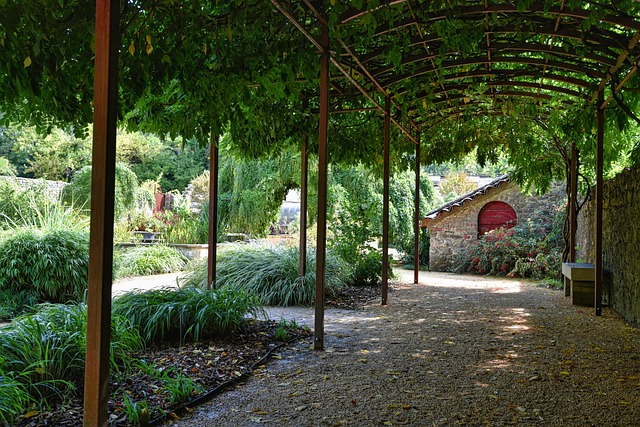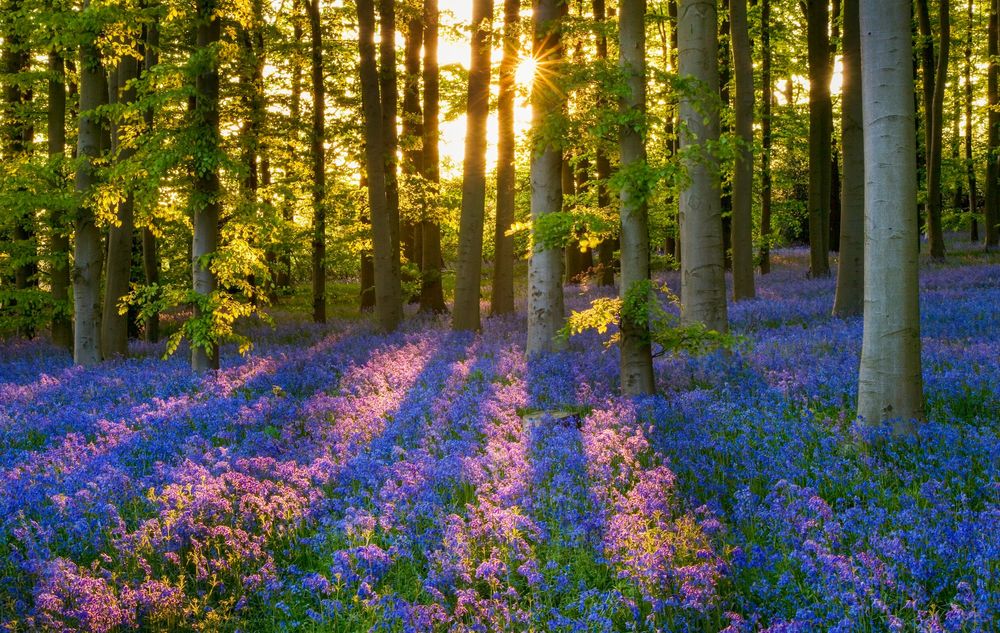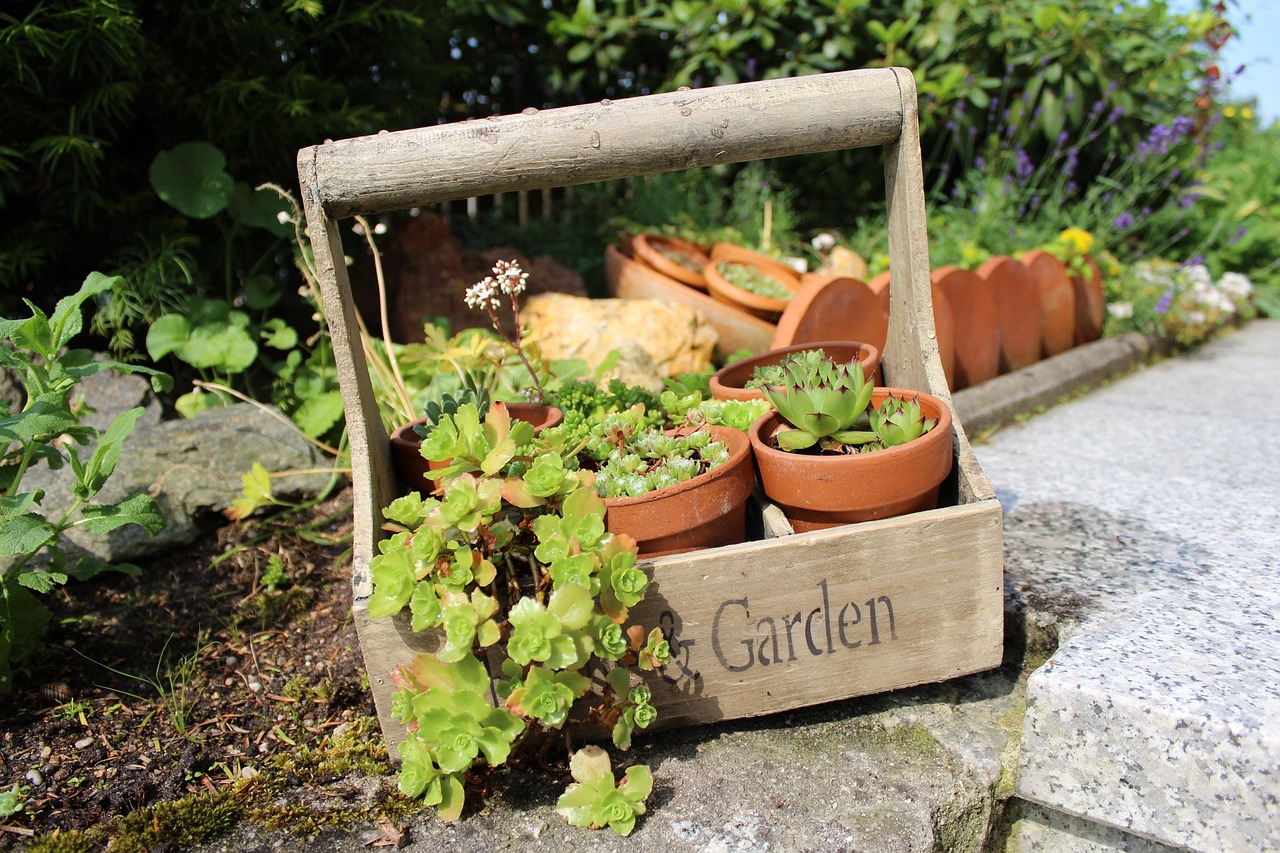I’m always going on about gardens and what to plant, mostly in sunny spots. But today, let’s talk a bit about the shady areas.
You lot are always asking about this, so I’ve put together an amazing table (my table-making skills are anything but amazing) that sums up some of the best plants for growing in shade – and even indoors.
Now, just a quick note – when I say “indoors,” I mean near a window. And it’s probably not the best idea to keep plants too close to where you sleep, like right next to your bed… but you already knew that, didn’t you?
Right then… let’s get to it:
| Plant | Ideal Location | Care Level | Special Notes |
|---|---|---|---|
| Fern (Dryopteris filix-mas) | Shaded garden areas, indoors near a window | Easy | Loves moisture, avoid dry soil |
| Foxglove (Digitalis purpurea) | Partial to full shade, garden borders | Medium | Biennial, attracts bees |
| Hosta | Shady gardens, pots in courtyards | Easy | Slugs love them, so keep an eye out! |
| Snowdrops (Galanthus) | Shady flower beds, under trees | Easy | Blooms in late winter |
| Peace Lily (Spathiphyllum) | Indoors, indirect light | Easy | Purifies air, but toxic to pets |
| Devil’s Ivy (Epipremnum aureum) | Indoors, low light corners | Very easy | Hard to kill, grows quickly |
| Japanese Anemone | Partial shade, garden beds | Medium | Autumn bloomer, adds late colour |
In general, it’s worth noting that you can grow just about anything anywhere, as long as you meet the plant’s needs.
The trick is knowing whether they prefer shade, low light, morning or afternoon sun, whether they can handle wind or absolutely hate it, if they like plenty of water or prefer drier soil, and so on.
Once you’ve got that figured out—and with a bit of patience…..you can achieve just about any gardening goal!

See? Just because I talk about gardening doesn’t mean I’m always talking about sunshine. There’s always that one forgotten spot (you’ve got one too, haven’t you?) or that little corner indoors that seems doomed to never see a single green leaf!
Don’t forget – indirect light is still light! It’s all about balance. If there’s little to no sunlight, then you need to make sure the soil is healthy enough to make up for it.
Shady areas tend to keep the soil damp and low on nutrients, so you’ll need to adjust things to compensate for the lack of sun.
Watering is another thing to watch! since the soil stays moist for longer, you probably won’t need to water as often (great news for the forgetful ones…).
Give it a go and let me know how it turns out! 🙂



